
"I felt like something very painful was going out of my chest," Anas stammered.
He had been shot by Israeli fire during the weekly protest east of Gaza city on the border with Israel. He told me:
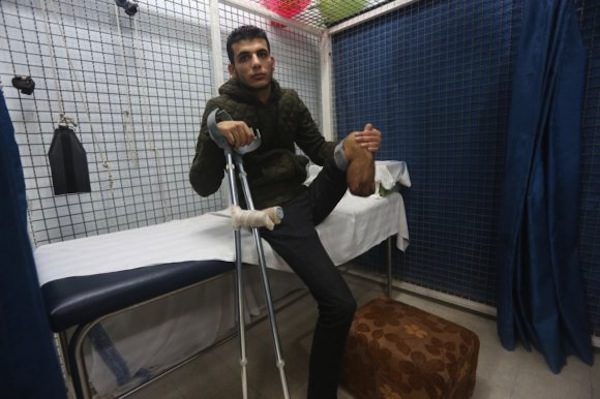
"That was the first time I went to the protest, at nearly 200 meters away from the fence. I stumbled and fell down when I turned my back to go home. Suddenly I found myself lying on a bed and being gripped by nurses' hands to prevent me to move. It seemed I have spent weeks or years wandering in my mind. It was like a thriller movie had captured your senses."
Later, a nurse told Anas that his mangled lower left leg was connected to the upper leg by only an inch of flesh. After he underwent two surgeries and months of bandaging, muscle exercises and physical therapy, he was ready for a prosthesis.
He got one from the Artificial Limbs and Polio Center in Gaza City. According to Mohammed Dwema, director of the center, production and working hours at the workshop have more than doubled since the protests began at the Gaza fence last March. The center is able to produce 15 to 20 prosthetic limbs monthly.
Israel has killed more than 200 protesters and injured more than 18,000. At least 90 of the wounded have had limbs amputated. The Gaza demonstrators are demanding that Israel end its siege on the territory that is home to about 2 million Palestinians. It is an enclave about twice the size of metropolitan Washington, D.C., wedged by Israel, Egypt and the Mediterranean Sea. Both countries have kept their borders with Gaza largely closed and have restricted imports and exports since Hamas took control of Gaza 12 years ago.
Yards away from Anas, Baha'a Abu Ayyad, 21 and unemployed, was practicing walking with his new prosthetic leg on asphalt and gravel paths. He was shot four days before Anas was shot in the same area as he sought to evacuate a wounded girl near the fence.
"After 15 minutes I got 250 meters away from the fence, and I stood watching the protesters and the smoky fire from the burning tires," Baha'a said. "Then I felt like a bull harshly pushed me down. And I saw my leg swinging with fountains of blood."
He views a video clip of a friend who was wounded in the protest, and is not optimistic. "I think Yousef will lose his leg also due his suffering from diabetic foot."
Baha'a says his nurse promised him that he'd be sent to Jordan where better-equipped surgeons might be able to save his leg. Later the nurse informed him that his name was dropped off the approved travel list. For many Palestinians in Gaza, traveling abroad is out of the question.
Nevin al-Gusain, a technician coordinator, says the center is committed to treating everyone. "We do not ask wounded if they were involved in violence," she says.
Behind Anas and Baha'a's room can be heard the roar of an oven firing up, the buzzing of an electric saw and hammering from different parts of the three-room workshop.
Till recently Gaza got only four hours of electricity a day. "The lights and machines shut off at noon in our center after it was turned into a beehive," Dwema told Mondoweiss. Then a week ago the center began to get eight hours of electricity a day. And there was limited fuel for the generator due to Israeli restrictions.
After the Israelis allowed fuel from Qatar to enter the strip, in recent days, Gaza residents say they have received up to 16 hours of power from the grid per day, compared with as little as four previously for more than a decade.
The center faces other challenges, like Israel's restrictions imposed on import of raw materials to prepare the prostheses.
The Israeli authorities fear Gaza militants could get a hold of what they call "dual use" materials and use them for weaponry. Nevin says her center needs to issue a paper trail for the materials to authorities.
"We register how many grams we received, take photo with a number and dates. Like a monitoring system," Nevin says.
The workshop depends on the International Committee of the Red Cross to provide the raw materials and coordinate with Israel to get restricted supplies such as silicone to the clinic
Anas, who brought his prosthetic leg to the center for adjustments, said he plans to open an engineering office.
Then his mother arrived, to drive him home. "We will go now to the cemetery where my leg is buried, to ask God for mercy for it," he said.
Ahmad Kabariti is a freelance journalist based in Gaza.
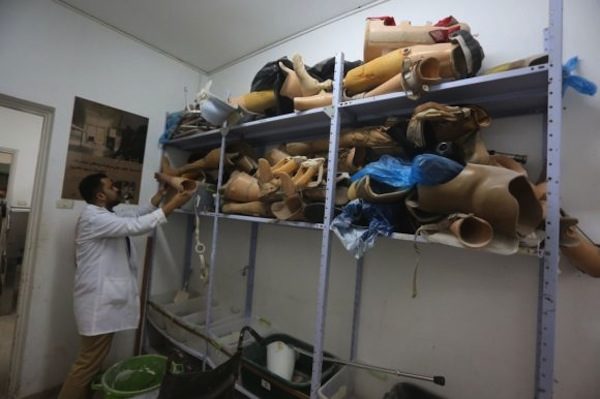
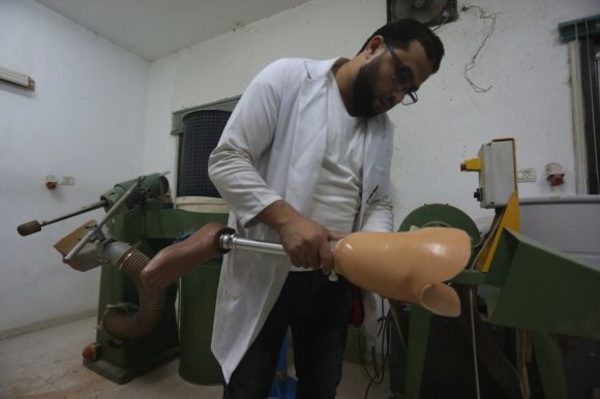
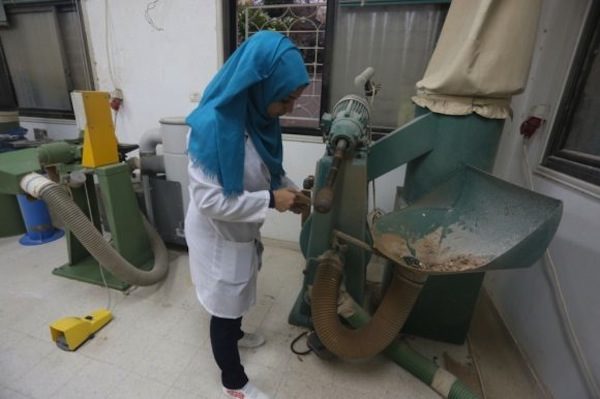
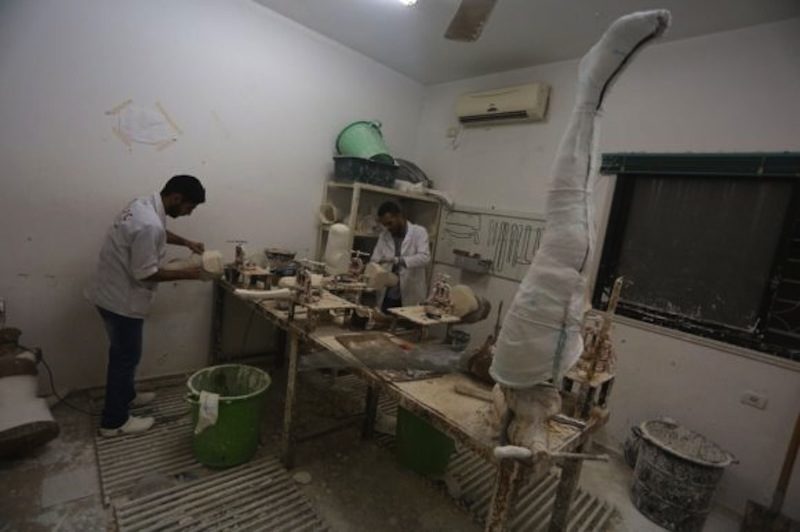
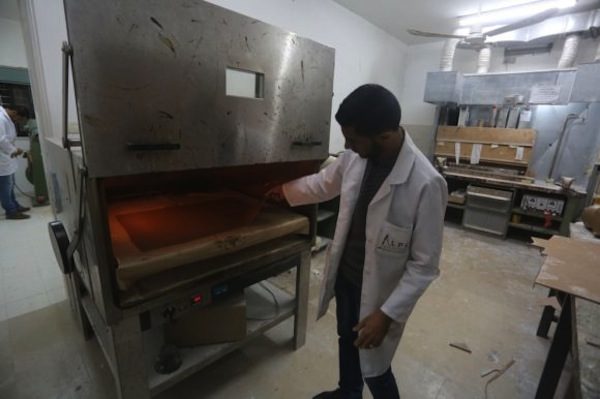
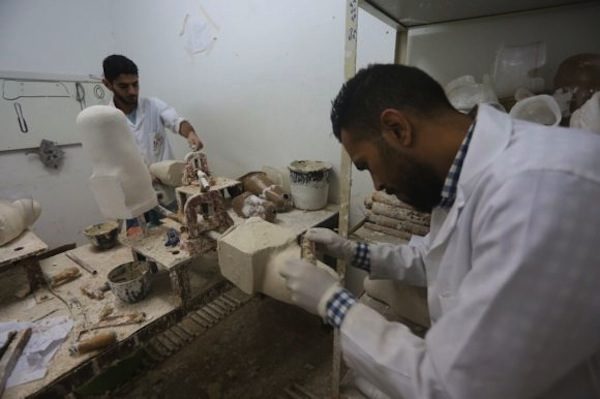
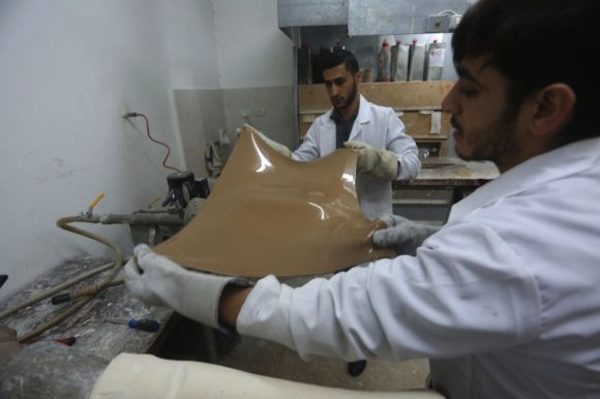



Reader Comments
to our Newsletter